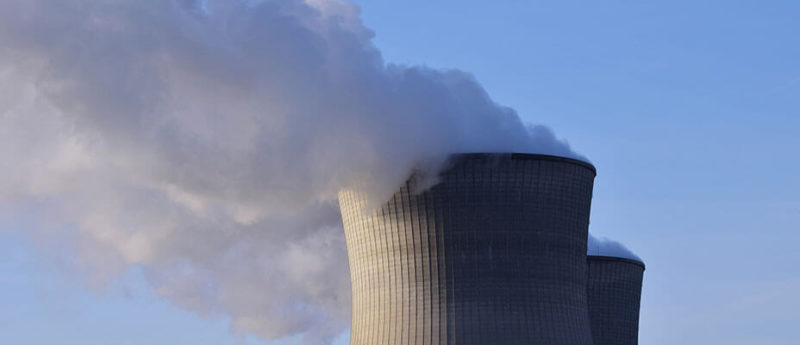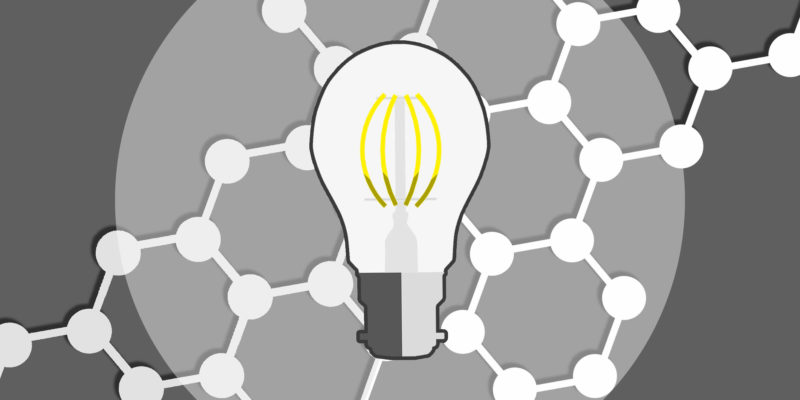Recently, we wrote about this summer’s Great Exhibition of the North, and one particular event that will explore the cutting-edge technology of graphene lighting. This ‘miracle material’ has the potential to revolutionise lighting in a similar way that LED lighting did, and it will make light bulbs more energy-efficient than ever.
What is graphene lighting?
Graphene is a revolutionary material made up of a single layer of carbon atoms. It is one million times thinner than a human hair, and two hundred times stronger than steel. It is also an excellent conductor. Two researchers from the University of Manchester, Professors Andre Geim and Konstantin ‘Kostya’ Novoselov were awarded the Nobel Prize for Physics for their discovery of graphene. Its remarkable properties mean that graphene could be used for a wide range of applications, including water filtration that could provide clean water for millions of people around the world, superior charging capabilities that could fully charge an electric car in minutes, and the next generation of electronic components, such as faster transistors and bendable phones. Graphene has already been put to use in light bulbs, and the first generation of graphene LED lighting is already available. The light bulbs are essentially standard LED filament light bulbs with an additional coating of graphene. The graphene helps to dissipate heat, making the light bulbs around 10% more energy efficient than standard LED light bulbs. As a result, the same brightness can be achieved, but with an even lower wattage.
The future of graphene
So far, the potential for graphene is still far ahead of what it’s actually being used for. The biggest hurdle to overcome is scaling graphene production on an industrial level. The complication of producing it in large quantities means that it is still very expensive. As with all technologies – including LED lighting – it is only a matter of time before the production of graphene becomes more efficient and cost-effective. When that happens, it will disrupt industries around the world. Here are some examples of the ways graphene could be used in the future.
Incredibly fast data transfers

The MIT Technology Review previously reported on plans to make graphene antennas that would enable data transfers with speeds of up to one terabit-per-second. To put this into perspective, this would allow you to download 10 high-definition movies to your smartphone in just one second. The caveat is that these transfers could only occur over distances of around one metre, but you could potentially transfer data between nearby devices in an instant.
Cleanup of radioactive waste

In joint research conducted by Rice University and Lomonosov Moscow State University, it was discovered that graphene could potentially aid in cleaning up radioactive waste. The study found that ‘atom-thick flakes of graphene oxide bind quickly to natural and human-made radionuclides and condense them into solids.’ This means that the radioactive materials would be bound in manageable clumps, making disposal of the waste much easier. Radioactive leaks and contaminated sites, such as after the Fukushima disaster, could be cleaned up much more easily. The same technology, however, would make the controversial practice of hydraulic fracking much more cost-effective.
Desalination of water

Researchers at MIT say that graphene could provide a revolutionary way of turning saltwater into clean drinking water. Essentially, a graphene sheet would contain holes big enough to let water molecules through, but which would not be big enough for the salt to pass. If the theory is turned into a viable means of water desalination, it could be world-changing.




